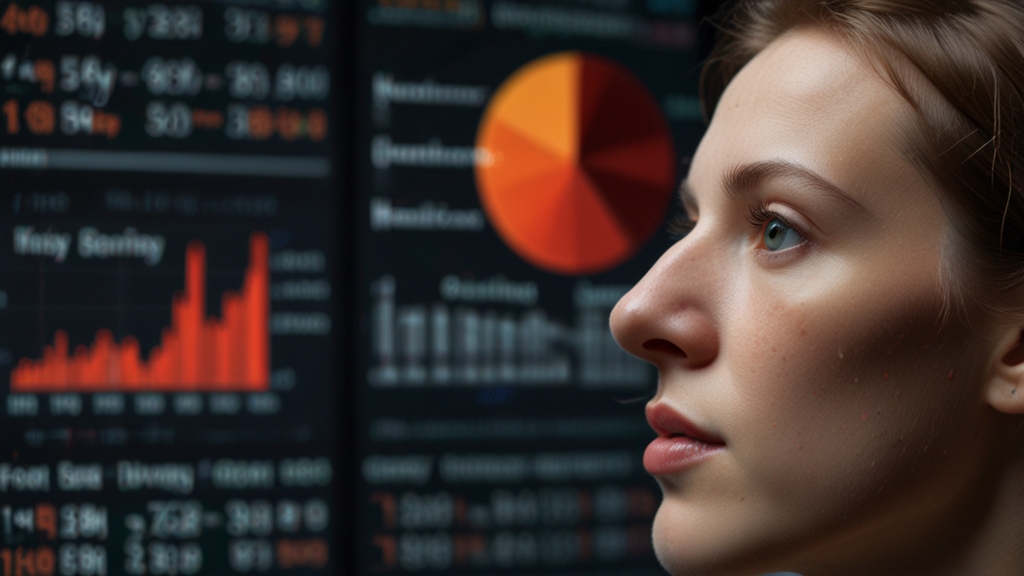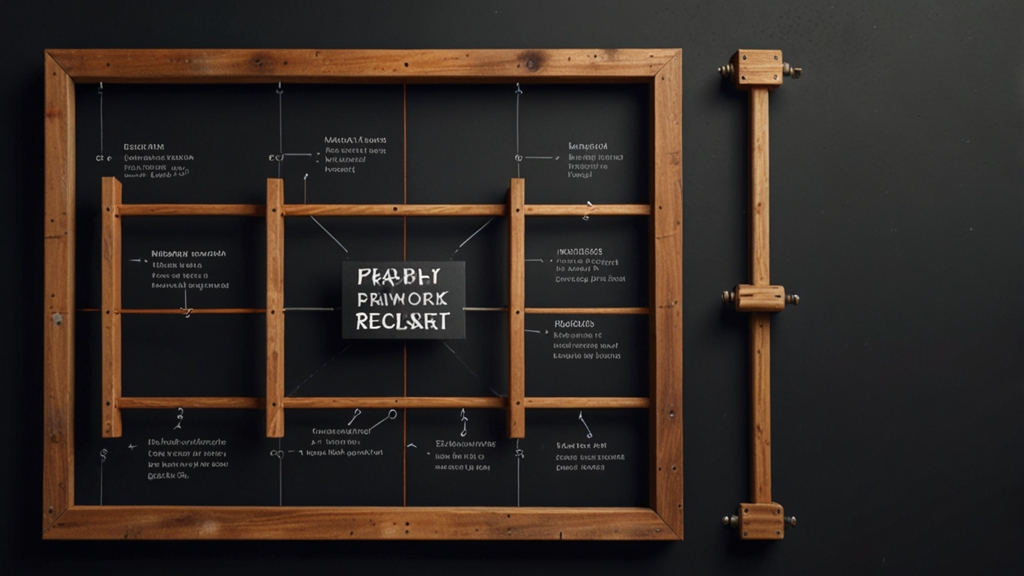How Statistics Are Shaping Your Reality Without You Knowing
In a world inundated with information, statistics have become the invisible hand guiding decisions, framing narratives, and shaping perceptions. Whether you realize it or not, the subtle and pervasive nature of statistical influence can be seen in numerous facets of your daily life. From the news you consume to the products you buy, here's how statistics are quietly molding your reality.
Influencing Public Opinion
News organizations and media outlets heavily rely on statistics to back up their stories and shape public opinion. Polls, surveys, and data visualizations serve as authoritative sources to sway popular beliefs. When you read a headline stating that "60% of people support policy X," that figure isn’t just a number – it’s a persuasive force designed to make you see the issue in a particular light.
"74% of statistics are made up on the spot." While this famous quip underscores the skepticism some have towards statistics, it also highlights how easy it is to influence people's beliefs through numbers.
Guiding Consumer Choices
In the realm of marketing, companies utilize vast amounts of data to influence your purchasing decisions. By analyzing your past behavior, preferences, and demographic information, algorithms can predict and suggest products you’re likely to buy. Personalized ads and targeted marketing are not random; they are the end product of sophisticated statistical models working behind the scenes.
Imagine scrolling through an e-commerce site and seeing "Customers who bought this also bought..." sections. These recommendations are the result of complex statistical analyses predicting your next purchase based on collective consumer behavior patterns. Companies don't just want to sell you a product; they want to sell you the right product, as efficiently as possible.
Driving Policy and Governance
From urban planning to healthcare, governments and institutions rely heavily on statistical data to make informed decisions. Policies regarding public health, education, and even tax brackets are all shaped by extensive data analyses. Statistics provide the evidence needed to implement measures that aim to benefit society at large.
"Without data, you’re just another person with an opinion."
This adage by W. Edwards Deming emphasizes the crucial role of statistics in informed policy-making. Data not only provides an empirical basis for decisions but also justifies them to the public.
Shaping Scientific Research
Scientific research and medical advancements are steeped in statistical methodologies. Clinical trials, for instance, rely on rigorous statistical analyses to determine the safety and efficacy of new treatments. These findings directly impact the quality of healthcare you receive and the options available to you.
Moreover, statistics help delineate the global health landscape by providing insights into disease prevalence, treatment success rates, and potential risk factors. This enables healthcare providers to make evidence-based decisions that improve patient outcomes.
Redefining the Business Landscape
Businesses use statistics for more than just marketing. Financial analysts depend on statistical models to forecast market trends, manage risk, and make investment decisions. Similarly, supply chain managers use data to optimize operations and reduce costs. In essence, statistics are the lifeblood of modern business strategy.
Take performance metrics, for example. Key performance indicators (KPIs) are grounded in data that businesses collect and analyze over time. These metrics not only measure success but also guide future actions and strategies.
Conclusion
Whether you’re aware of it or not, statistics play a crucial role in shaping various aspects of your life. From the news you read and the products you buy to the policies that govern you, the invisible hand of statistical analysis is ever-present. Recognizing the influence of statistics allows you to be more critical of the information you encounter and the decisions you make.
In a data-driven world, understanding the power of statistics can help you navigate reality with a more discerning eye. So, the next time you see a percentage or a poll, take a moment to consider its impact on your perception and choices. After all, numbers might just be the most influential storytellers of our time.










